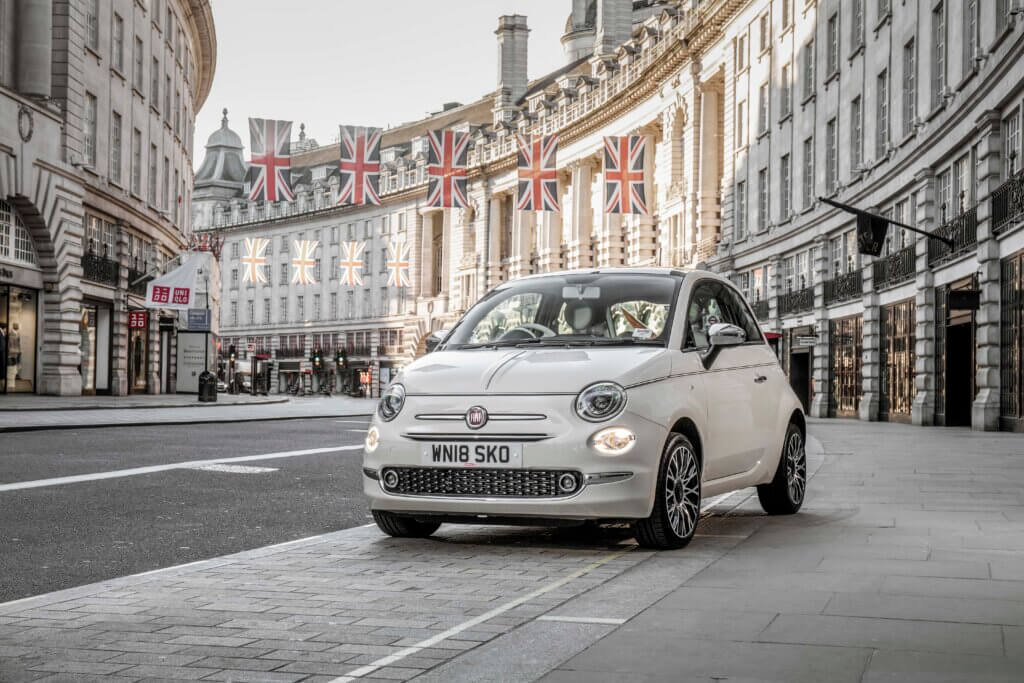What to expect from the practical driving test
Your practical driving test will take roughly an hour. It’s the same for manual and automatic cars and consists of five parts:
- Checking your eyesight
- ‘Show me, tell me’ vehicle safety questions
- Independent driving ability
- General driving ability
- Reversing your vehicle
An eyesight check
Checking your eyesight is the first thing that happens. If you fail this check, you fail your practical driving test. So, if you wear contact lenses or glasses, don’t forget them.
As it’s a legal requirement, you’ll be asked to read a number plate. You must read a new-style number plate from 20 metres away and an old-style one from 20.5 metres away. Remember, a new-style number plate starts with two letters followed by two numbers, for example, AB62 ABC.
‘Show me, tell me’ questions
You’ll have to correctly answer two vehicle safety questions for your practical driving test. These questions test your knowledge and skills.
The first is a ‘tell me’ question the examiner will ask before you start driving. Here, you must explain something, such as when you need to put on your warning hazard lights.
While driving, the examiner will ask you a ‘show me’ question. Here, you must demonstrate that you can do something, such as how to use a car horn or signal a turn.
There is a prescribed list containing these questions and it’s a good idea to study them before your driving test. To help you prepare, you can get examples of all the possible ‘show me, tell me’ questions from your driving instructor in advance of your test. You’ll lose marks if you get these questions wrong.
Independent driving
The independent driving segment tests your ability to follow directions – whether via traffic signs or a sat nav. You’ll have to drive for 20 minutes, demonstrating that you can find your way.
You cannot use your own sat nav. The examiner will set up a route for you. Officials mainly use a sat nav for directions when testing your independent driving.
There is however a chance you’ll have to follow traffic signs. If you’re at a place where you cannot see a sign, the examiner will instruct you until the next one comes along. You’ll lose marks for a wrong turn, but the examiner will direct you back to the route.
Remember to stay calm, even if you make a mistake. Prepare by using both a sat nav and traffic signs during your lessons.
General driving ability
To test your general driving ability, you will drive on various roads and in different traffic conditions. You will not drive on motorways.
You’ll be asked to pull over and pull away. Instructions include:
- Performing a normal stop at the side of the road.
- Pulling out from behind a stationary or parked vehicle.
- Performing a hill start without drifting backwards.
- Executing an emergency stop (sometimes officials don’t ask for this, but be prepared just in case).
Stay calm, listen carefully, and follow the instructions from the examiner. Get as much practice as possible on the known test routes in your area.
Reversing ability
To test your ability to reverse a vehicle, the examiner will ask you to do one of the following:
- Parallel park at the side of the road.
- Park in a parking bay. Here, you’ll be asked to either drive and reverse out or reverse in and drive out. Listen carefully to the instructions.
- Pull over on the right-hand side of the road, reverse for two car lengths (or so), and then join the flow of traffic again.



